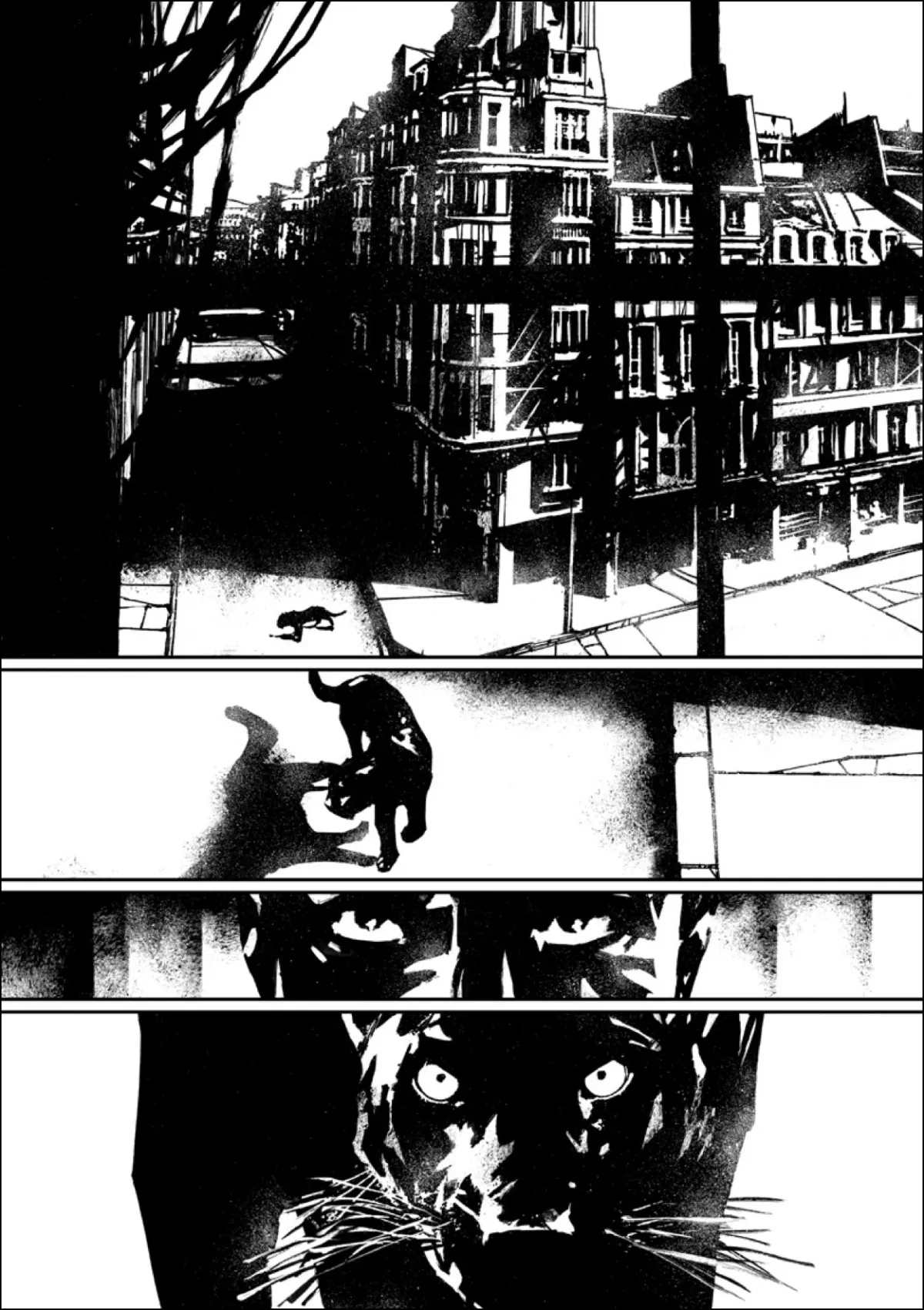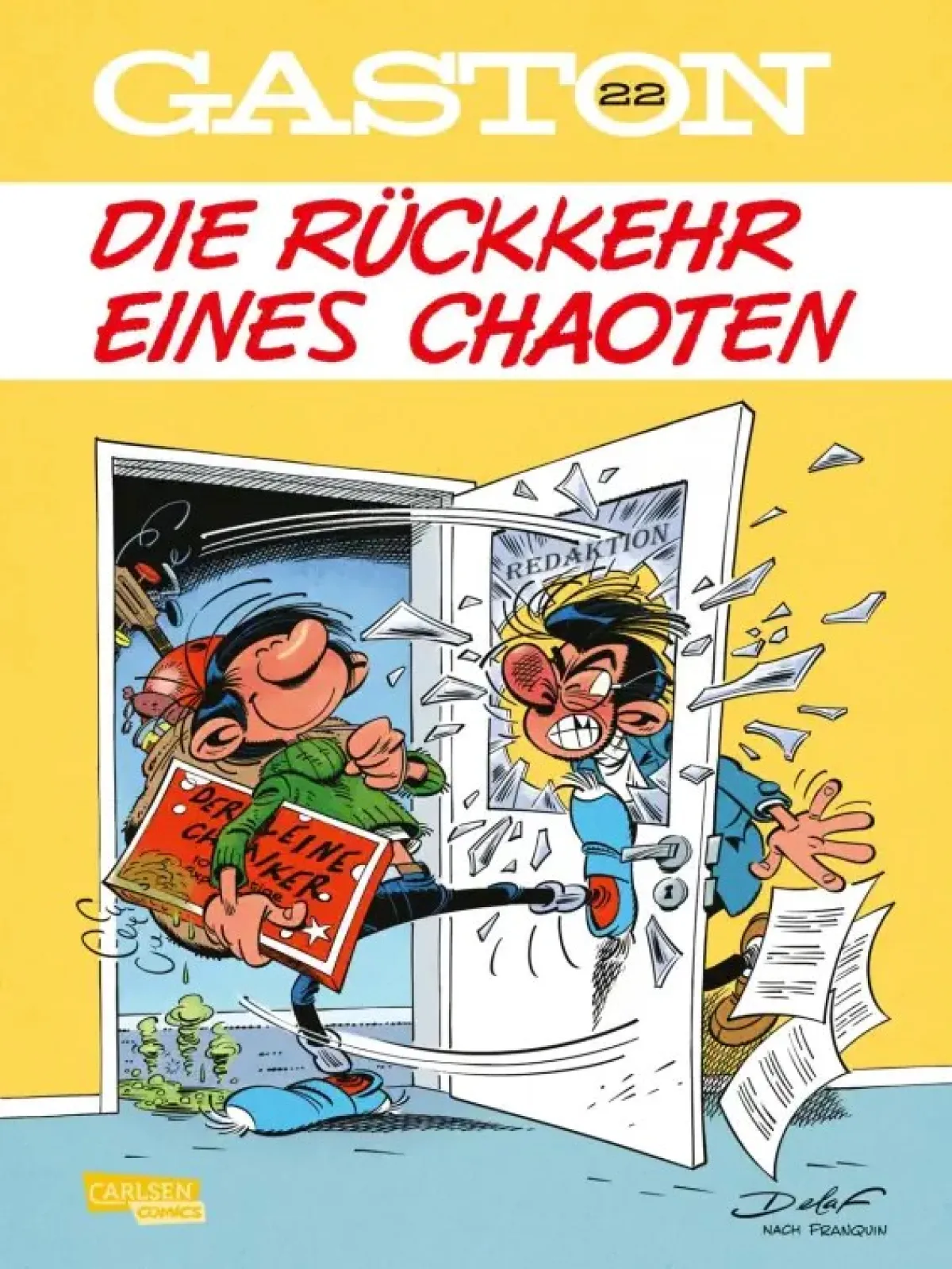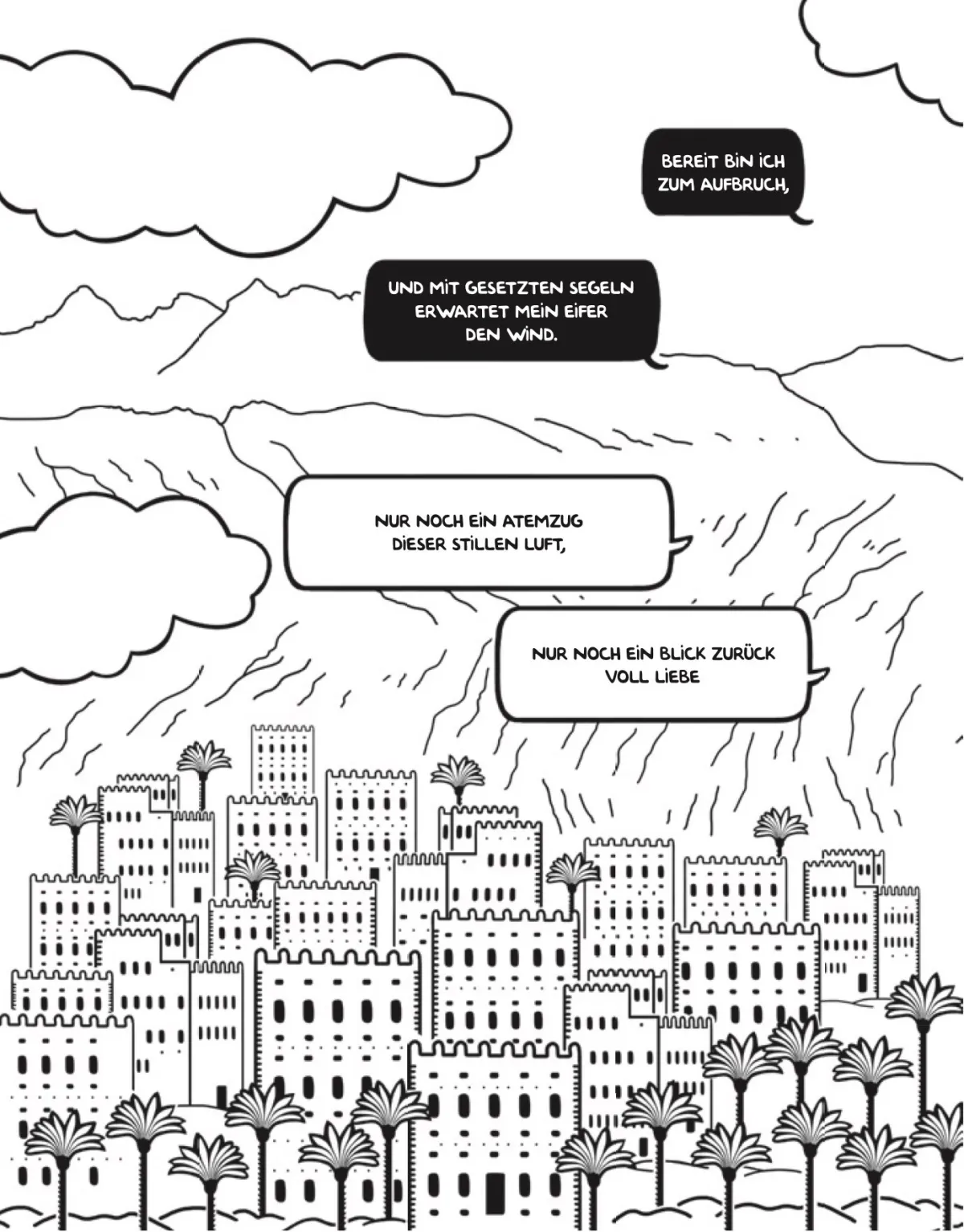Abirached, Sfar, Simpsons, Žeželj & Franquin


Joann Sfar has received the Lifetime Achievement Award from the Erlangen Comic Salon . With The Synagogue (Avant Verlag), the great storyteller has produced perhaps the most important volume of 2023. He reacted to his covid infection, with which he became seriously ill, with humour and self-deprecation. However, it also gave him an opportunity to look back on his own youth and reflect on his Sephardic Judaism with his energetic, impressionistic stroke. Despite its seriousness, the work is at once hilarious, enlightening and thrilling. In June, this autofictional narrative will continue with The Idolater. If you'd rather not wait that long, you can in the meantime get your hands on Sfar's anthologies of The Rabbi's Cat. With philosophical commentary - since consuming a parrot in the first volume and now possessing the power of speech - the cat lays bare the full gamut of our human flaws.
The referenced media source is missing and needs to be re-embedded.The Simpsons - It Doesn't Get Any Yellower | March 23 to October 27, 2024 | schauraum: comic + cartoon
There's a special birthday celebration in Dortmund: The Simpsons - It won't get any yellower is an exhibition about the Simpsons and their creator at schauraum: comic + cartoon , running from March 23 to October 27. From an intermission filler in the Tracy Ullman Show to perhaps the world's biggest media success, the exhibition celebrates 35 years of The Simpsons and 70 years of Matt Groening.
Art historian Alexander Braun has expertly curated the exhibition and also provided it with a great catalogue, already described by Süddeutsche Zeitung as a "comprehensive reference book". It gives us important information about the fluid nature of this small town, which is either coastal or in the mountains as needed and whose overriding constant is, obviously, the longest-burning car tyre fire on the planet. Thus: 35 years of Simpsons and The Fire Is Still Burning!
The hundredth anniversary of Franz Kafka's death hasn't gone unnoticed in the comic medium. There are always problematic adaptations of his allegorical stories. Where Kafka deliberately wants to remain ambiguous and avoids a clearly defined reading, illustrations of his texts should not remove this ambiguity - for example, by depicting the insect from Kafka's Metamorphosis too vividly. In Like a Dog (Avant Verlag), Danijel Žeželj fortunately allows for this ambiguity and juxtaposes a collage of associative text from various Kafka stories with powerful black and white graphics. The story centres on A Hunger Artist, but the text is frequently expanded with other Kafkaesque elements. It is particularly this collage technique which enables us to access Kafka beyond an agglomeration of images. Although the images transpose the text passage, they often complement it, opening it up or interpreting it individually without restricting it to a single reading. Danijel Žeželj often dispenses with text altogether and allows the images to unfold their own gloomy, melancholy mood.
When it comes to revival, there are really only two options: It's either zombies or miracles. Since the first great generation of the Franco-Belgian comic scene has passed away, the question of how best to continue with their characters and series is one that crops up regularly. There have been some largely smooth transitions (Lucky Luke, Asterix...) to new illustrators and authors who have successfully carried on the great tradition.
Delaf | Gaston 22 | Carlsen | 48 pages | 15 EUR
Franquin's character universe has also been revisited in various forms with Spirou and the Marsupilami. But for his Gaston series, Franquin had actually stipulated that no other illustrator should take over the characters. A complicated contractual relationship now enables the new rights holders to revive the series with Gaston Volume 22. The drawings and texts were created by the previously largely unknown French-Canadian Marc Delafontaine ("Delaf"). On opening the album, you are immediately taken aback and amazed by the precision with which Delaf adapts Franquin's universe of characters. There is no break whatsoever, the line is fluid and characterized by the great dynamism that distinguishes Franquin's style, and already recognisable on the cover. The drawings pick up directly where Franquin left off. But what is almost more surprising is that Delaf has also managed to precisely capture Franquin's humour. The punchlines are spot on, making you smile and even laugh out loud with delight. There's huge joy and relief that no comic zombie is roaming the landscape . For me, the resurrection of our favourite 'zombie' is a small comic miracle.
The Lebanese Zeina Abirached tells wonderful stories about her family life in Lebanon with her two - dimensional and powerful illustrations, often reminiscent of silhouettes.
I Remember and The Swallows' Game draw autobiographical pictures of everyday life during the civil war. Piano Oriental is dedicated to her family history in the pre-war era and gives an overview of the diversity of life in Beirut in the early 1960s. All these volumes are published by Avant Verlag and well worth a read. Zeina Abirached's objective is to preserve a collective memory of a Beirut that has disappeared since the civil war. The adaptation of Khalil Gibran's The Prophet is ultimately also dedicated to this end. Gibran is regarded in Lebanon as his country's foremost writer, and The Prophet as his masterpiece. He wrote only his early works in Arabic; his later and more important works in English. This resulted in a contrasting mixture of Western language with a leaning towards more oriental, flowery linguistic imagery. How to transpose this melange into a comic, especially as The Prophet had already been illustrated by Gibran himself in a rather kitsch Art Nouveau style? Fortunately, Zeina Abirached distances herself from this and sticks to her flat, high-contrast graphic language. She also rarely depicts Gibran's words directly, thus avoiding illustrative banality. Rather, she somehow opens up interpretative arabesques. The images flow like commentaries around the integrated structure of the text and give Gibran's words breathing space. Gibran's richness of linguistic imagery is offset by the illustrations, and the reader can immerse themselves in the individual images and let their gaze wander slowly to the next page. Gibran's aphorisms thus take on a pleasing lightness and can be rediscovered by the reader.






